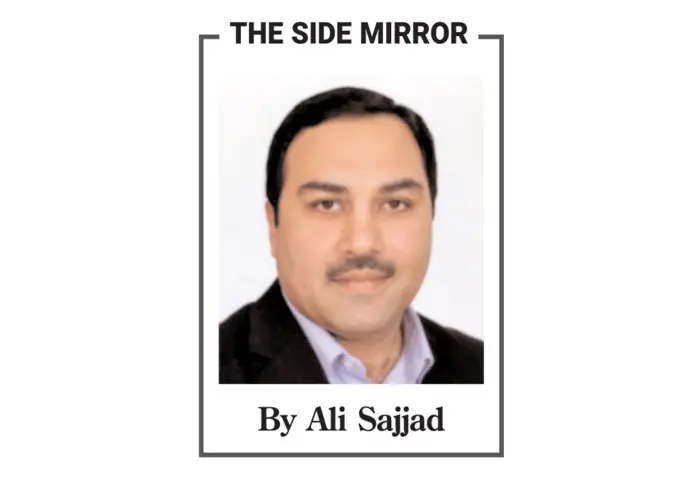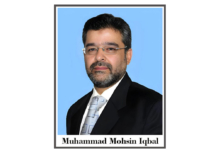In the past week, we had not a single dull moment, thanks to political twists and turns in the capitals of Pakistan and Punjab.
The endgame is, however, not around. The drama will continue the next week, and in the coming months, thanks to PTI Chairman Imran Khan’s next phase of protest drive against, what he dubbed, an imported government.
So, we have evolved from a selected government to an imported government. Pakistani politics provides fun, frolic, fantasy and future to the people. In the 80s and 90s too, politics had the same colours. When a similar no-confidence resolution was staged against the government of Benazir Bhutto by the Islami Jamhoori Ittehad, and a few members changed their loyalties, terms like ghora and lota were coined for the members who succumbed to the lure of horse trading. Similarly, when the media and judiciary showed their tilt to a specific side, terms like lifafa sahafi and chamak were readily coined to name and shame journalists and judges.
In 2022, we face a similar situation and characters, but now they are called different names. Those fair weather members are called dissenters. When a ruling party blatantly subverts a no-trust motion through unconstitutional moves, it is called a surprise. Losing the trust of party members is called Amreeki sazish.
The no trust motion has let us into a new era, where a ruling side becomes the part of opposition benches. These moments should be celebrated as a victory of democracy. The momentous verdict of the Supreme Court should be hailed as a safety valve against the dictatorial mindset of a speaker.
The coming months will tell if the PTI will become another PML-Q party, which disintegrated once it was out of power back in 2008.
Of course, the PML-Q and the PTI are two different breeds. One was formed and groomed by a dictator. It remained intact as long as the popular political leadership was kept out of the country, and the PML-Q mentor had a military office.
The PTI, however, has a history of genuine struggle, and has cultivated a culture of its own where every opposition leader is corrupt, and all political parties are not worth having in a working relationship. The party came to power in 2018 riding a popularity wave, and having the blessings of certain media houses, and certain institutions.
Now, these institutions stand neutral. Their neutrality stripped the PTI of the support of its coalition partners.
The question about the future of the PTI cannot be addressed now. These are the hours when the wounded party is healing the scars of the no trust motion and ensuing illegal works inside and outside the parliament.
The PTI will likely adopt a confrontational path against the new government only to get its core constituency of youth energised and mobilised. Side by side, it may go for a similar collision course with the powerful institutions.
It is not easy to pick a fight with the powerful institutions and survive and thrive in the political arena.
It is not easy but it is not impossible either. Benazir Bhutto and Nawaz Sharif used to build a momentum against the powers that be, and later on struck a deal with them.
Imran Khan is likely to take the same beaten path in the future.
The possibility of Imran Khan sitting with Bilawal Bhutto Zardari and Maulana Fazlur Rehman should not be ruled out either.
Imran Khan has shown his power of U-turns, which we can call flexibility as well.
Right now, Imran Khan is not the biggest problem for the new government.
The biggest problem for the new government is to sail the boat having different parties on it.
Best of luck to the new government and the new opposition.








Comments are closed.